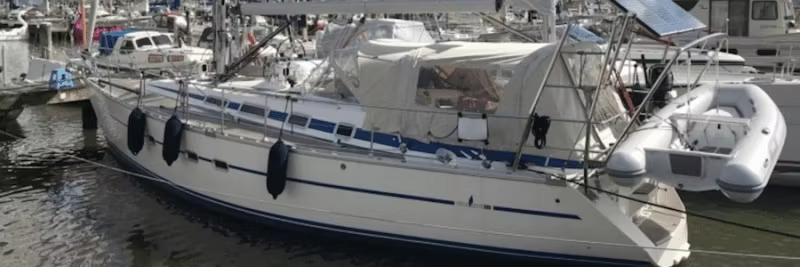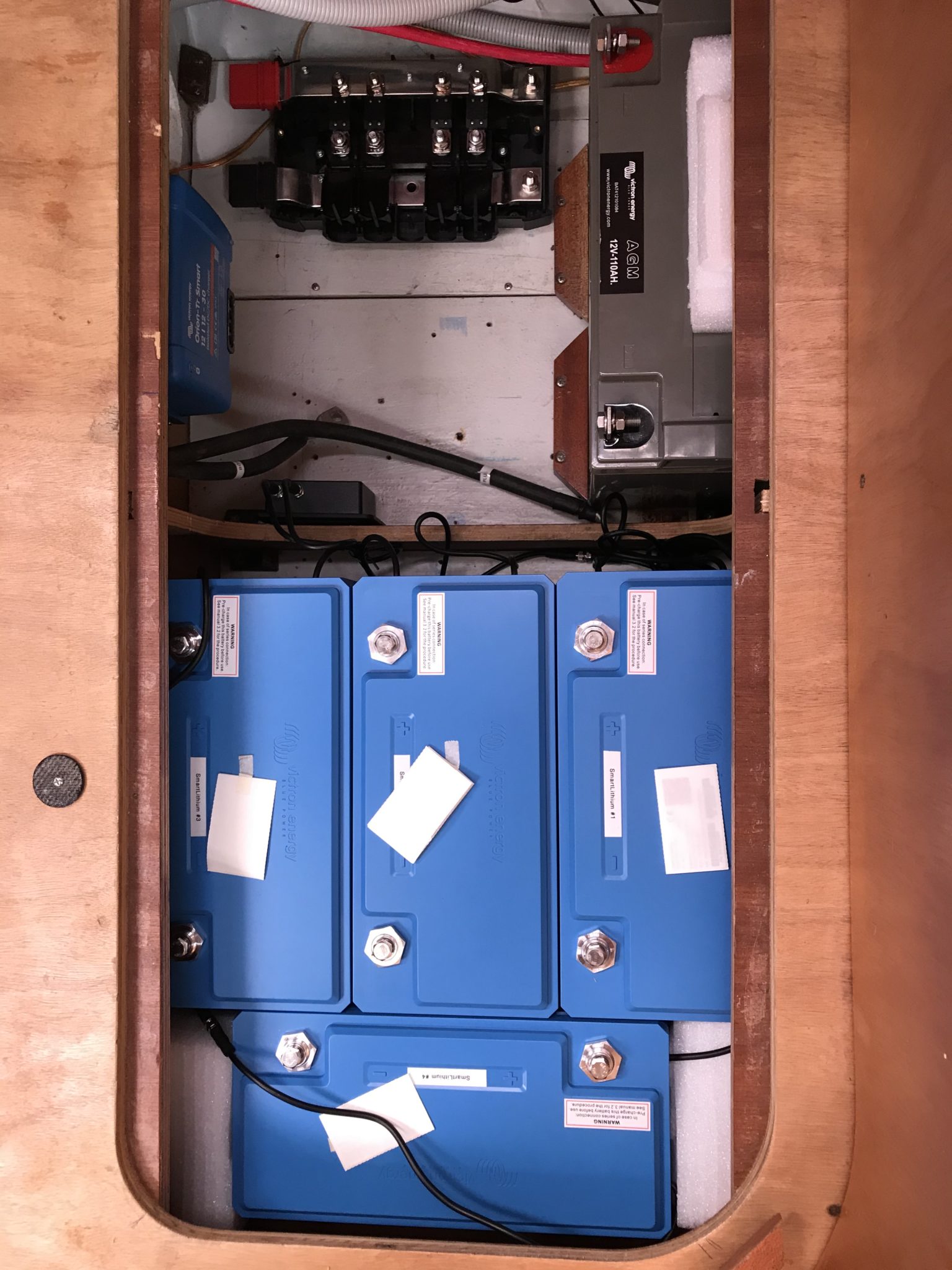Cart
Discount: 0.00 PLN
Discount: 0.00 PLN
Justin, Victron Energy |2/09, 2020

Skippers and adventurers may remember Stefanie's previous blog Sailing with Signal K, where she described how she connected the yacht's electronic systems to communicate with each other – and with her. During lockdown, Stefanie has been busy again – this time converting her yacht to Lithium batteries and exploring all communication possibilities with Cerbo GX, the heart of the new system.
Stefanie says: For us, the advantages outweighed the disadvantages. I know the technology and do the installation myself – it saves both time and money.
While sailing, Stefanie generates electricity via 510 Wp solar panels, supplemented by a 200 Wp portable panel in cloudy weather. When motoring, a Balmar 6-series 100A generator is used. More about the generator installation will follow in the next post.
Four Victron SmartLithium 12.8V 100Ah replaced the AGM batteries. The weight decreased from 33 kg per battery to 15 kg – a huge improvement for both space and handling.

All batteries are connected via Lynx Power In with cables of exactly the same length to avoid imbalance. The system is secured with ANL fuses and controlled via Cerbo GX and GX Touch 50.
Cerbo GX acts as the brain of the system, providing a full overview via GX Touch 50 or remote access via the internet. All values can be monitored and controlled – including charging, temperature, tank levels, and NMEA2000 data.

Thanks to Victron Energy and Transwatt GmbH for the support. Follow Stefanie's blog at sailingtakumoe.de.